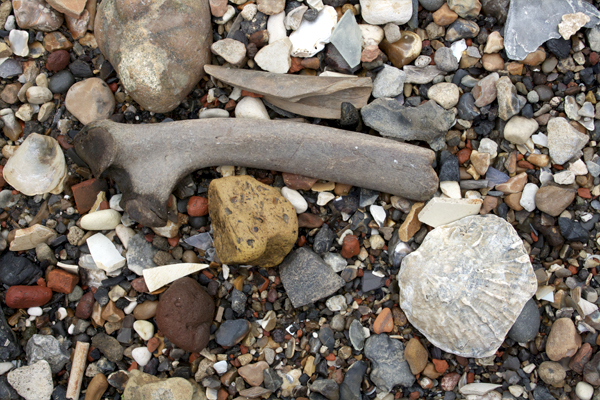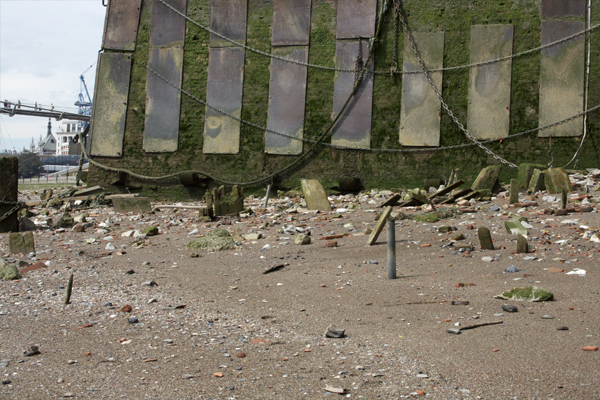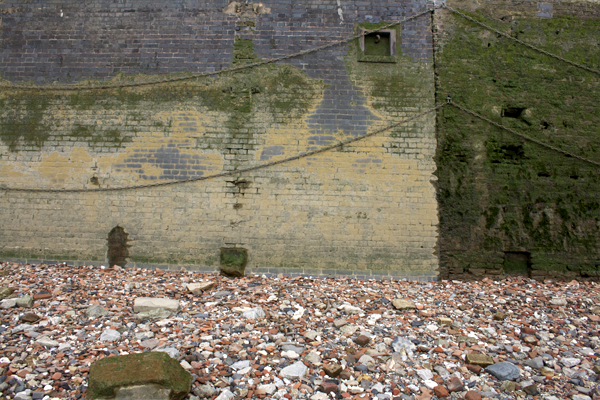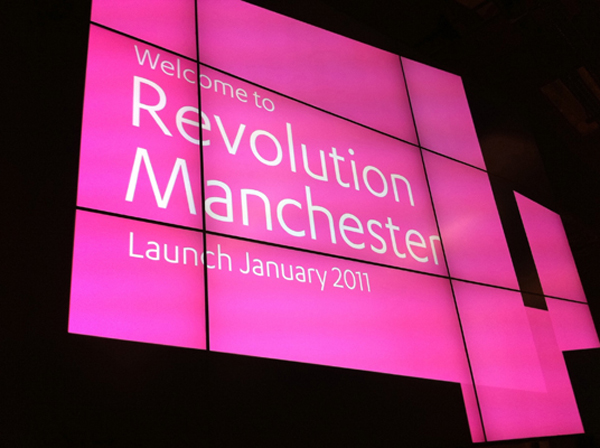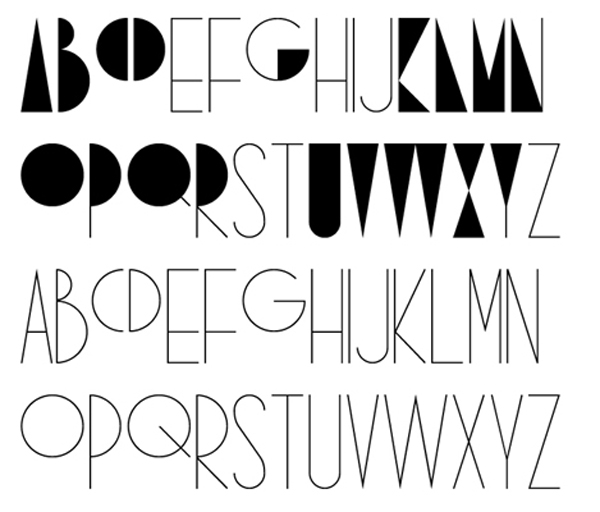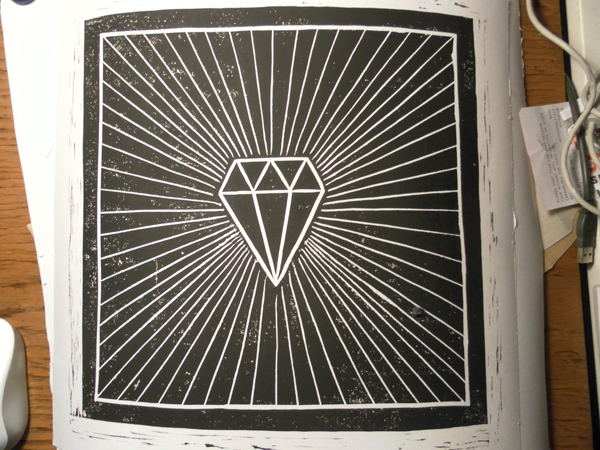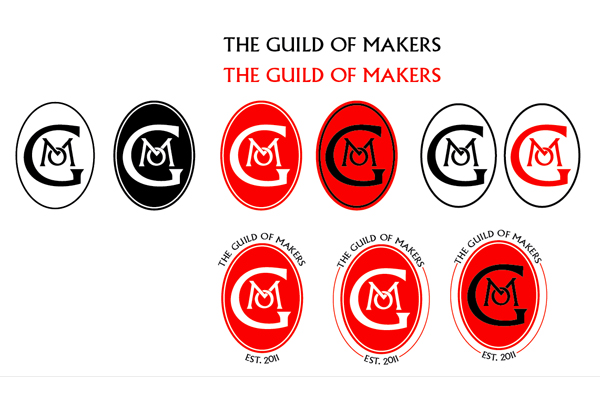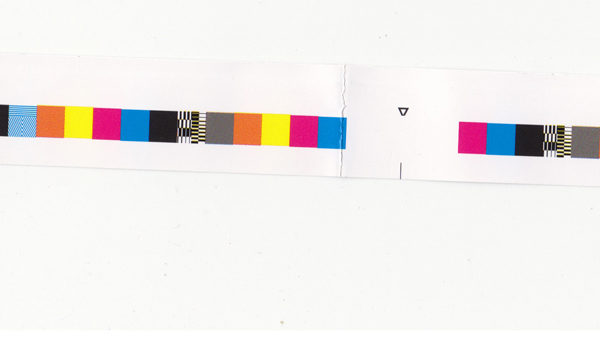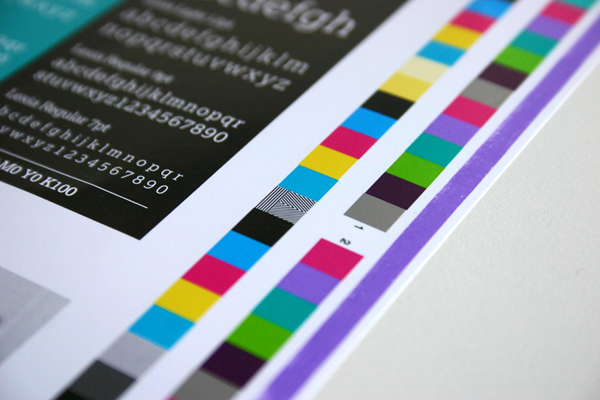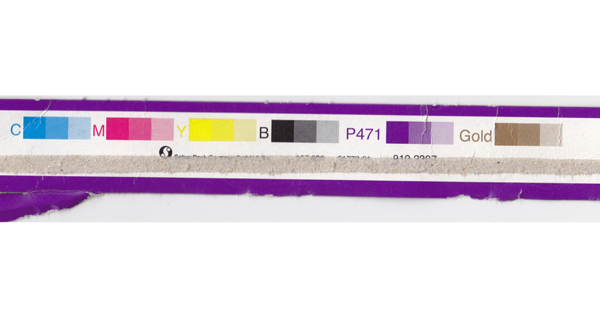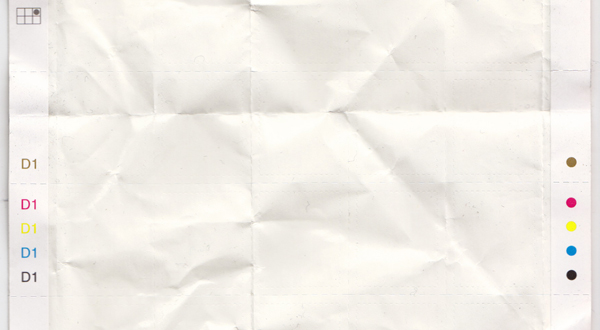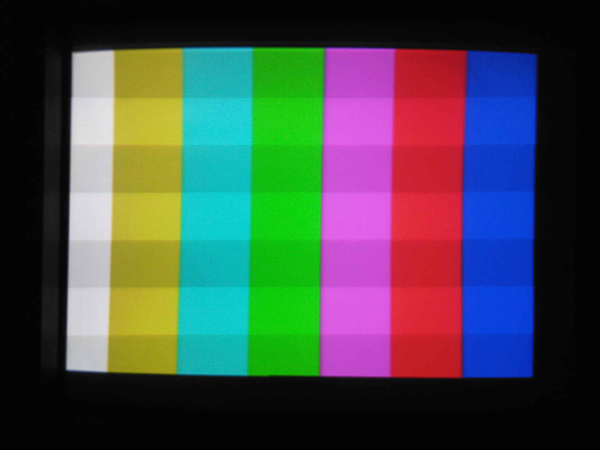Website Update
Guild of Makers
New Favourite Photo
Found this gem in the Howard Grey archive the other day, from a road trip in Arizona and Nevada in 1992. Brilliant.

Emily Pilloton on TED
I think maybe the best you could ever hope to be able to say about any kind of design is 'yeah- something there is right'. Project H in this video has got something right. It's what design strives to be I think.
The Lonely Image
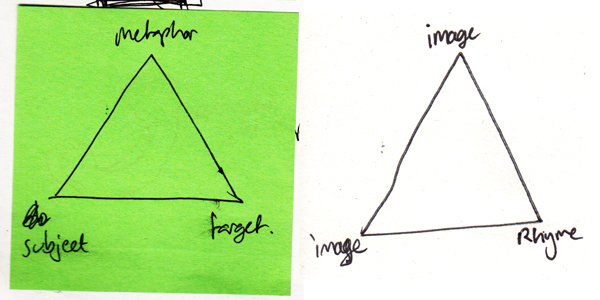 I'm interested in the relationships between objects. For the purposes of this piece of writing, 'objects' will be 2D images or titles/words.
I'm interested in the relationships between objects. For the purposes of this piece of writing, 'objects' will be 2D images or titles/words.
I am interested in the relationships which can be formed between two objects when they are presented side by side- as in a book spread. The spread creates a context for the objects to inhabit and invites the viewer to understand not only two separate images, but also the narrative which the objects create together, through merit of sharing the same space.
There are three ways in which adjacent objects may reference each other.
The first is to do with the physicality of the objects - colour, shape, form - strictly aesthetics. Two images may refer to each through merit of both being blue, or the focal point being a clock etc.
The second is concerned with the symbolical nature of an object and the ideas, attributes, and meanings which such objects reference. For example an image of a beach representing a memory of a holiday, a shell as a souvenir of the same experience, or a train ticket of the journey completed to get to the holiday. Other examples of ideological referencing could be religious symbols, celebrity icons, or brand logos.
The third referencing type is one of labelling and frames. Objects, even if attached arbitrarily, through their nature of sharing a page, refer to each other and have a dialogue. Through merit of being under the same title or being grouped together, these artefacts are forced to begin a discourse with each other. This is known as contiguity- from Aristotle’s ‘Laws of Association’- whereby things which are in close proximity are linked and ‘readily associated’.
Referencing is what allows objects to connect with each other and have a dialogue. Whether this dialogue is interesting or communicates the intentions of the curator depends on how well those objects rhyme together.
The skill of rhyming objects is similar to that of the story teller: to create either an ideological or physical (material or aesthetic) thread between a group of objects to create a fuller, deeper understanding of their context, history, and narrative. Juxtaposition of objects is very important and a pair may still rhyme even if the neighbouring objects are incomplete. Rhyme can give a spread a certain poetic and approximate logic.
I am particularly interested in the accidental ways in which objects may rhyme- when two things are abstracted from their original context and framed as a pair to extract something entirely unexpected and meaningful.
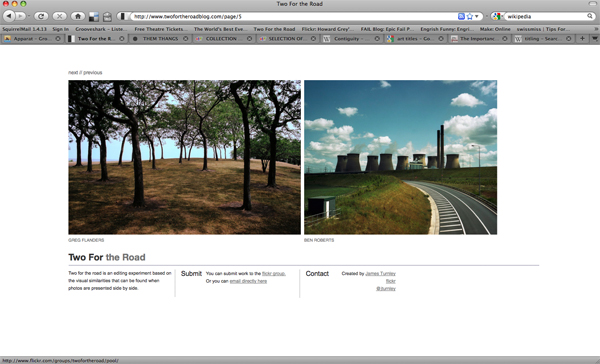
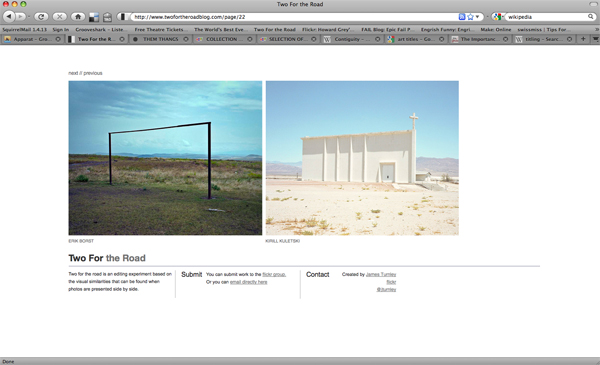 James Turnley created 'Two for the Road' as "an editing experiment based on the visual similarities that can be found when photos are presented side by side." Through merit of proximity the images share a contiguous dialogue. Through this, the image's messages are skewed and a new message emerges. In a similar way that the title of an artwork affects the context it is viewed in, so when objects are put together they cannot help but be changed by each other.
James Turnley created 'Two for the Road' as "an editing experiment based on the visual similarities that can be found when photos are presented side by side." Through merit of proximity the images share a contiguous dialogue. Through this, the image's messages are skewed and a new message emerges. In a similar way that the title of an artwork affects the context it is viewed in, so when objects are put together they cannot help but be changed by each other.
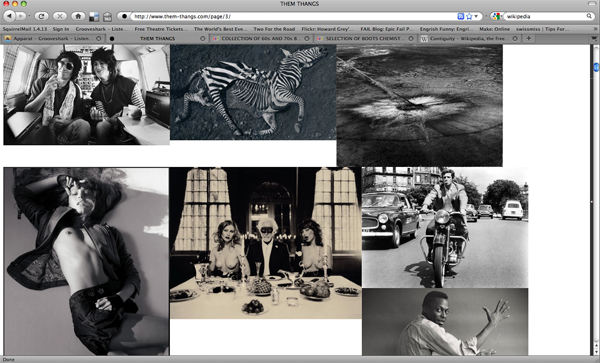
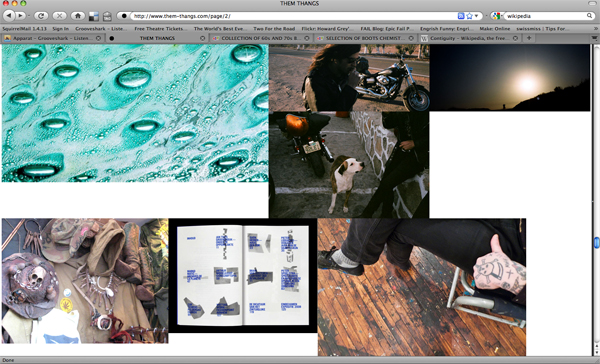 'Two for the Road' is a curated attempt to create rhyme. 'Them Thangs' is run by Justin Blyth: 'It is a collection of things I like, intended for visual inspiration'. It is perhaps best described as a visual blogzine. The display of the images is part curated and part organic. Images are selected but then allowed to flow through the page, creating many and different relationships. Images which ordinarily would seem unremarkable, when viewed as a collection (through benefit of being physically/aesthetically, ideologically or contiguously related) become a necessary part of a captivating and beautiful whole.
'Two for the Road' is a curated attempt to create rhyme. 'Them Thangs' is run by Justin Blyth: 'It is a collection of things I like, intended for visual inspiration'. It is perhaps best described as a visual blogzine. The display of the images is part curated and part organic. Images are selected but then allowed to flow through the page, creating many and different relationships. Images which ordinarily would seem unremarkable, when viewed as a collection (through benefit of being physically/aesthetically, ideologically or contiguously related) become a necessary part of a captivating and beautiful whole.
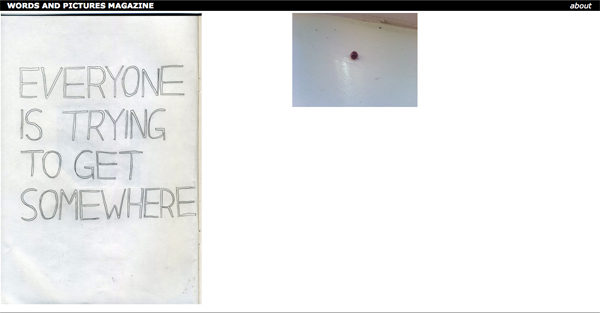
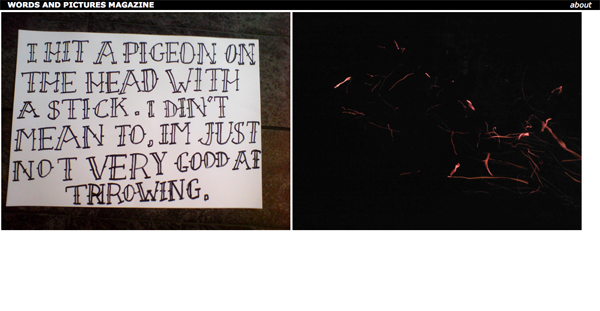
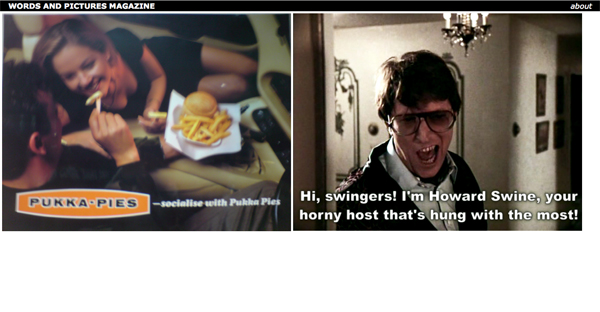 Words and Pictures is a website I am in the process of creating with Mike which attempts to cultivate the moment of rhyme by allowing uploaded content to appear next to each other randomly. This is to further explore the themes discussed here: particularly contiguity, and also to create content for an off line printed magazine of curated and edited pairs of objects.
Words and Pictures is a website I am in the process of creating with Mike which attempts to cultivate the moment of rhyme by allowing uploaded content to appear next to each other randomly. This is to further explore the themes discussed here: particularly contiguity, and also to create content for an off line printed magazine of curated and edited pairs of objects.
Mastercrafts: Green Wood Craft
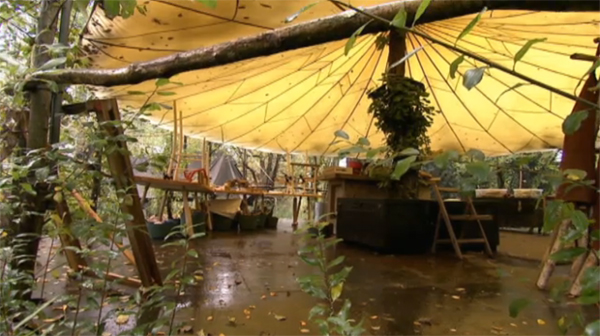
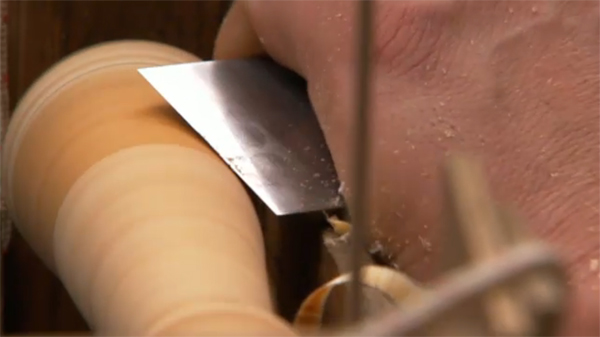
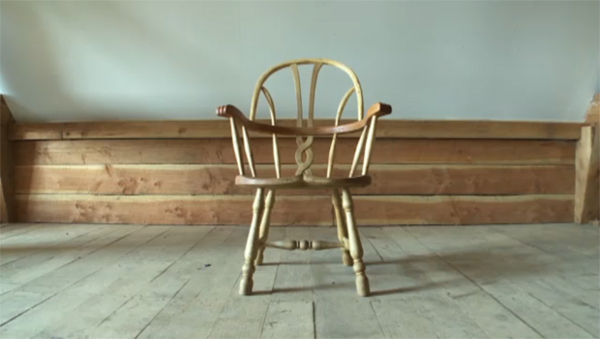 Amazing and inspiring documentary about wood work- really makes you want to run away into a forest and do some bodging. They talk about how in the modern world we are too disconnected from all the material sourcing and making processes and that with creating your own tools and objects (from lathes to kitchen spatulas to decorative chairs) comes a real freedom. The stuff they make is ridiculously strong and durable and when one guy talks about how he's spent 60 hours crafting a chair you get a real idea of the value imbued in that object.
Amazing and inspiring documentary about wood work- really makes you want to run away into a forest and do some bodging. They talk about how in the modern world we are too disconnected from all the material sourcing and making processes and that with creating your own tools and objects (from lathes to kitchen spatulas to decorative chairs) comes a real freedom. The stuff they make is ridiculously strong and durable and when one guy talks about how he's spent 60 hours crafting a chair you get a real idea of the value imbued in that object.
Taking this topic somewhere else: I feel that if more of the stuff and objects we owned were either made by us- or had some kind of time and value invested into them by us, then that would be good thing. Possessions with a narrative attached to them- 'I found this thing here' or 'I restored this' or 'I made this'- seem to be more special and used with a greater joy than some white goods cracked out from China or something. (I think most people have a few things like this- for myself it's the chair that I found in the street, the table I made, the bike my brother restored for me, and the cafetiere that I discovered down Deptford Market.)
I'd like to figure out ways of getting some of the essence of the show mentioned into my life in London. Suggestions very much welcomed.

